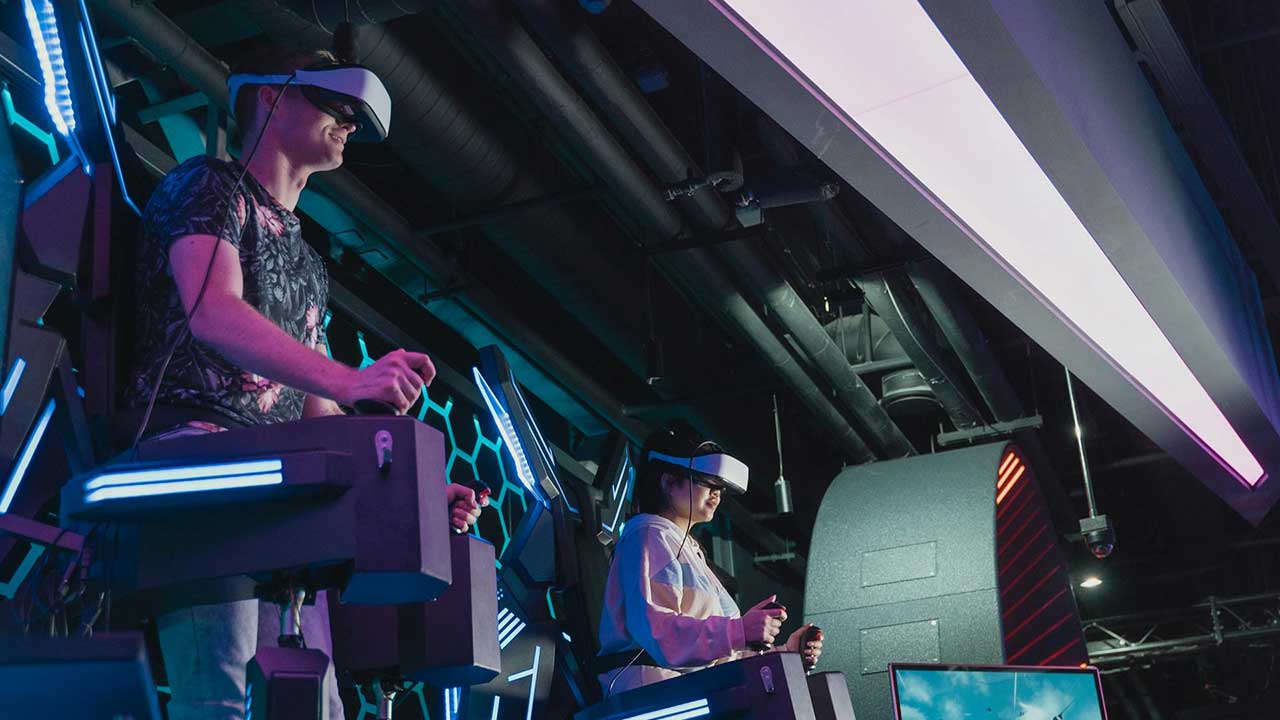
It feels like every tech conversation lately circles back to the metaverse. Some say it’s the future of the internet, others think it’s just a temporary buzz. But whether you’re intrigued or just confused, there’s a reason big companies are pouring billions into this idea. So let’s break down what the metaverse actually is, what’s happening with it right now, and why it’s getting so much attention in the first place.
What Is the Metaverse, Really?
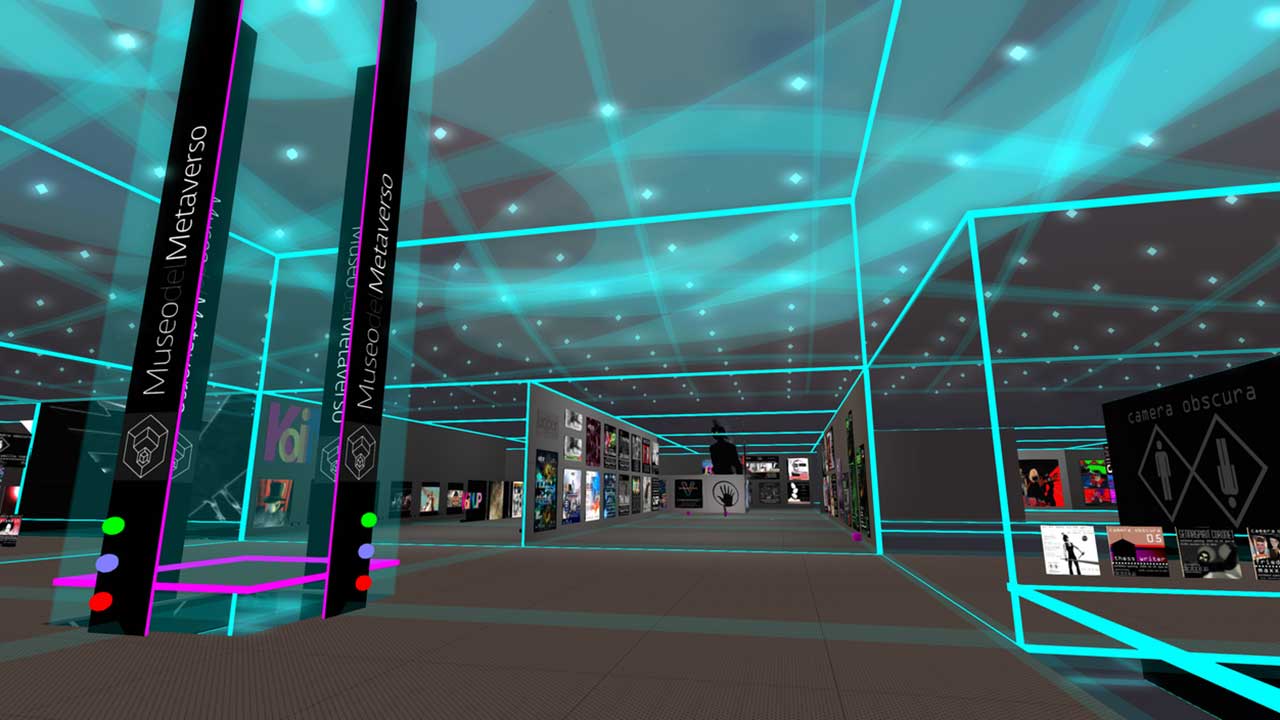
At its core, the metaverse is about blending our physical and digital lives. Think of it as an evolution of the internet—an interactive 3D space where avatars can move between experiences, carrying their identities and digital assets with them (TechTarget).
This concept isn’t entirely new. Early virtual worlds like Second Life laid the groundwork, but today’s vision is more expansive, aiming for a persistent, shared environment accessible through various devices.
The Tech Powering the Metaverse
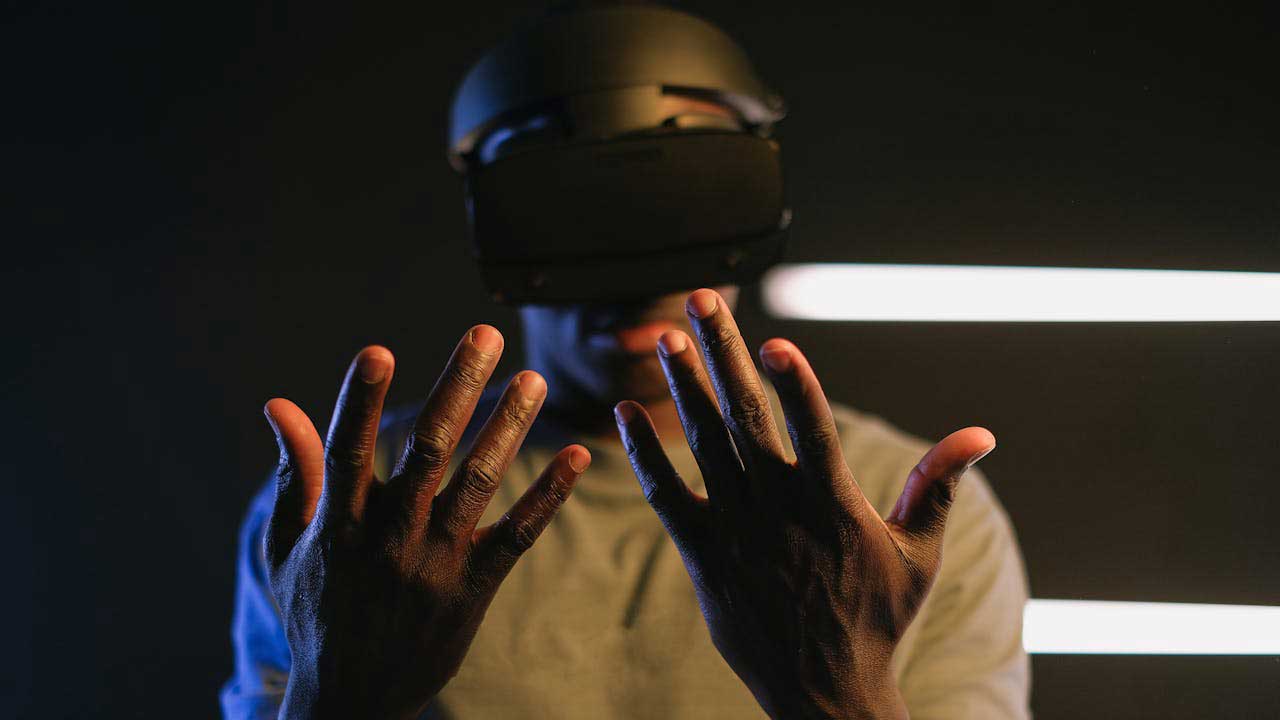
Several technologies are converging to make the metaverse possible. Virtual reality (VR) and augmented reality (AR) are at the forefront, creating immersive experiences. Blockchain technology ensures decentralized ownership of digital assets, while edge computing enables faster data processing for real-time interactions (Encora).
Artificial intelligence (AI) also plays a role, from powering intelligent avatars to personalizing user experiences. These technologies collectively aim to create a seamless and engaging virtual environment.
Real-World Applications and Use Cases

Beyond gaming, the metaverse is finding applications in various sectors. In education, virtual classrooms offer interactive learning experiences. Healthcare professionals use VR for surgical training and patient therapy. Companies like Accenture are utilizing virtual spaces for employee onboarding and collaboration (Axios).
Retailers are exploring virtual stores where customers can browse and purchase products in a 3D environment. These use cases demonstrate the metaverse’s potential to transform traditional industries.
The Hype vs. Reality Check
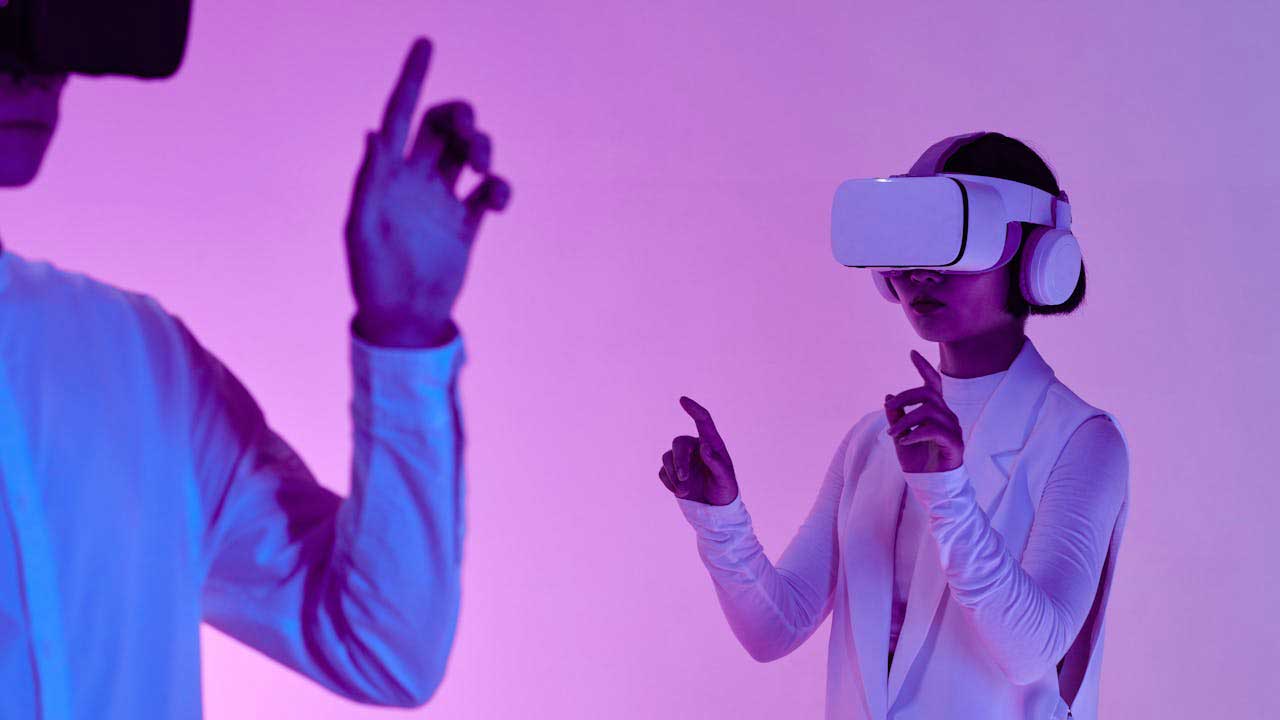
While the metaverse holds promise, it’s essential to approach it with a balanced perspective. Some developers express skepticism, noting that current platforms may not live up to the grand visions presented. A survey revealed that 45% of game developers believe the metaverse concept may never deliver on its promise (Wired).
Challenges include high costs of VR equipment, user discomfort, and a lack of compelling content. These factors contribute to slower adoption rates and highlight the need for continued innovation and user-centric design.
Ethical and Legal Considerations
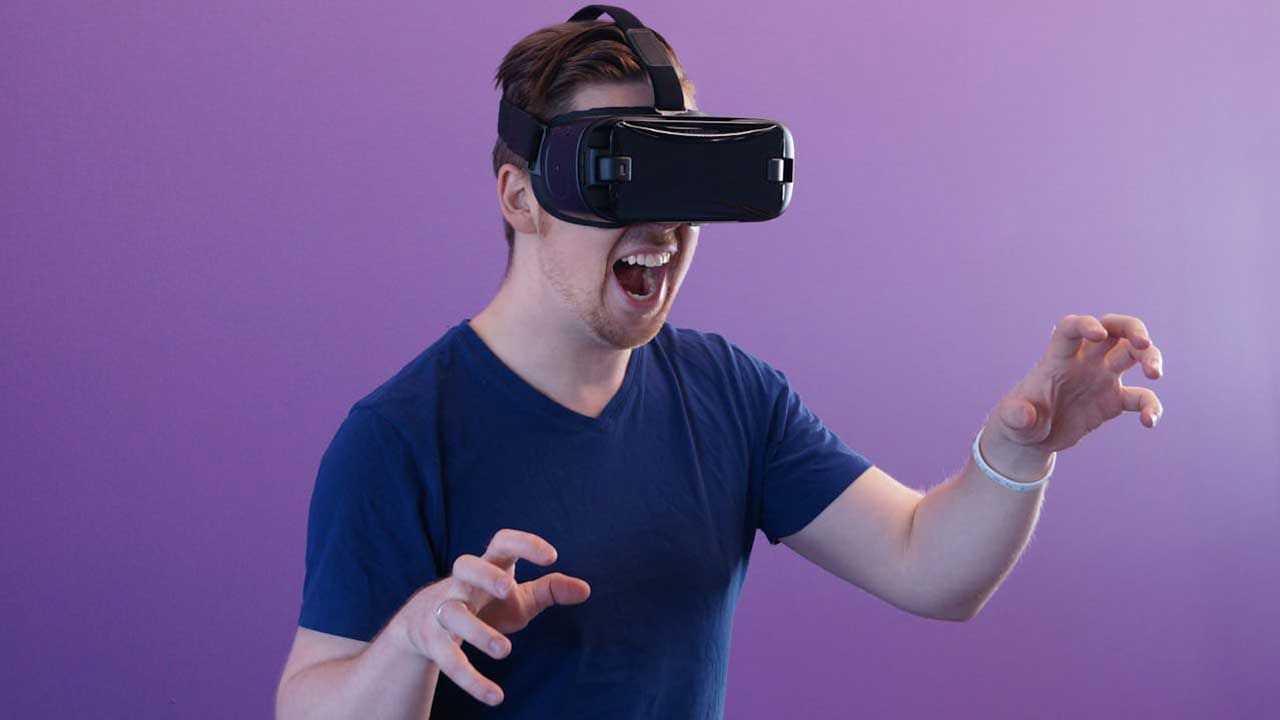
As the metaverse evolves, it brings forth new ethical and legal questions. Issues like data privacy, virtual harassment, and digital property rights are becoming increasingly relevant. Some scholars argue for the development of “metaverse law” to address these unique challenges (Wikipedia).
Establishing clear guidelines and regulations will be crucial to ensure user safety and trust in virtual environments. This includes defining acceptable behavior, protecting user data, and resolving disputes in digital spaces.
Looking Ahead: The Future of the Metaverse

The metaverse is still in its formative stages, with many developments on the horizon. Advancements in technology will continue to shape its trajectory, potentially leading to more immersive and accessible experiences.
However, widespread adoption will depend on addressing current limitations and ensuring that the metaverse offers real value to users. As it stands, the metaverse is a work in progress—full of potential but requiring thoughtful development and implementation.
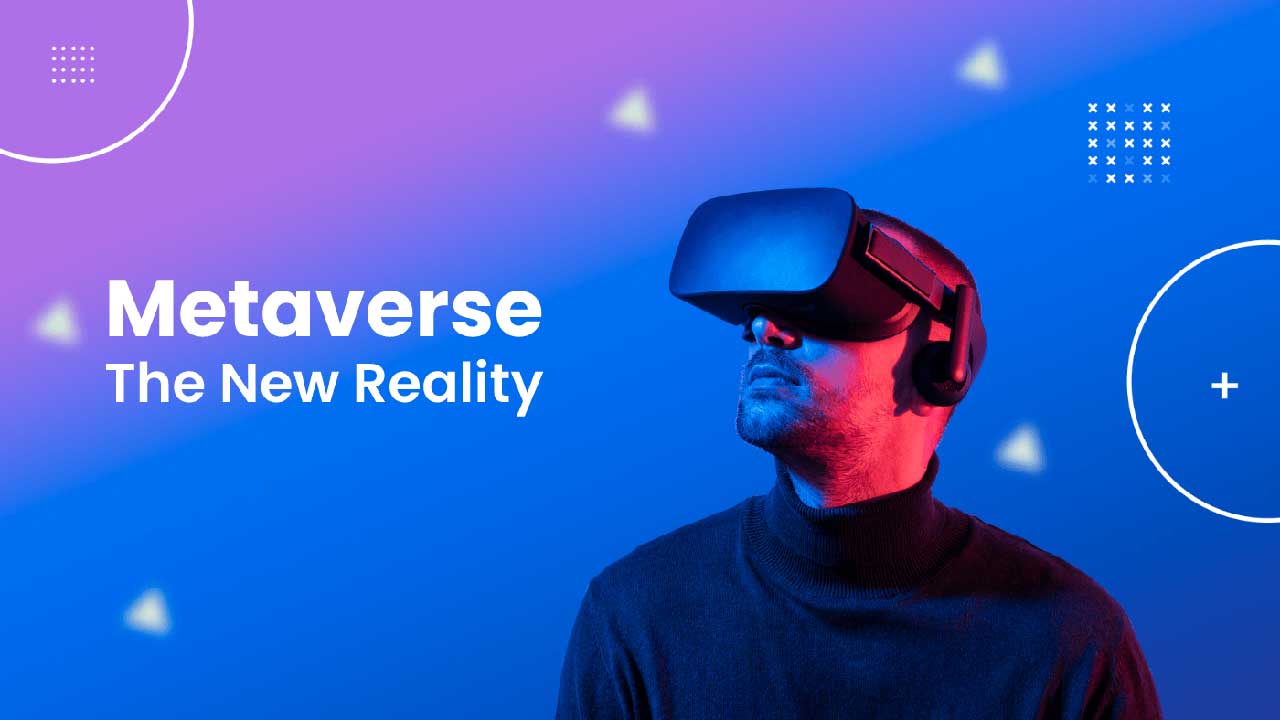

 By
By










